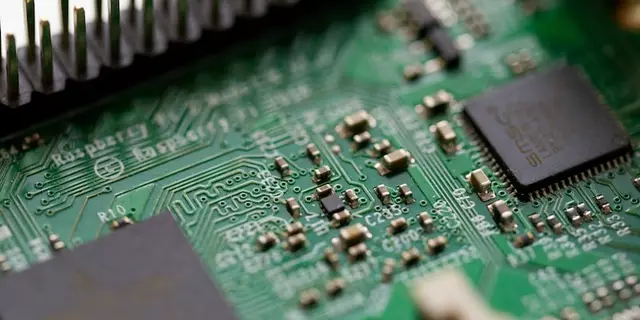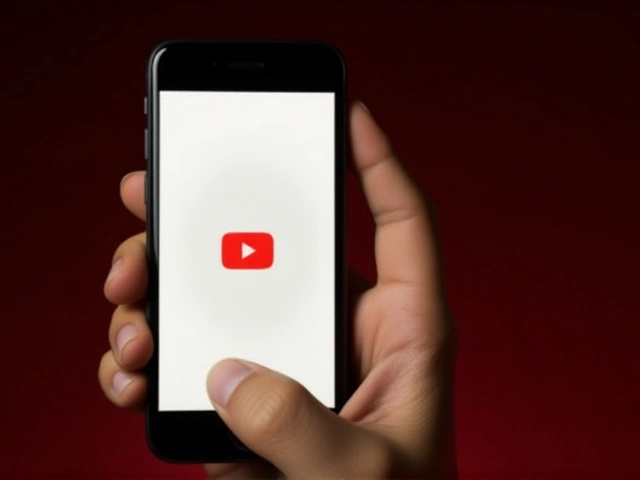How Science and Technology Are Shaping Entertainment
Ever wonder why watching a movie feels different on your phone than it did a decade ago? The answer lies in the tech that powers every screen, speaker, and headset. Science isn’t just behind rockets; it’s behind the smiles you get from a binge‑watch session, a live‑streamed concert, or a virtual game night with friends across the globe.
Instant Access Thanks to Streaming Engines
Streaming platforms use sophisticated algorithms to compress massive video files without noticeable loss in quality. That means you can start a new series in seconds, even on a modest internet plan. The science of data compression, combined with cloud infrastructure, turns a huge library of movies into a button‑press away. No more waiting for DVDs or dealing with tangled cables.
These platforms also learn your habits. Machine‑learning models analyze what you watch, then suggest new shows that match your taste. It’s not magic; it’s applied statistics working behind the scenes to keep you engaged and happy.
Immersive Fun with Virtual Reality and AR
Remember your first VR headset? The feeling of stepping into another world is a perfect blend of optics, motion tracking, and real‑time rendering. Science fine‑tuned lenses to reduce eye strain, while engineers built motion sensors that translate your movements into the game instantly. The result? You’re no longer a passive viewer—you become part of the story.
Augmented reality does something similar but leaves you in the real world. Apps that overlay digital creatures onto your backyard use computer vision to understand the environment. This tech turns a simple walk in the park into an interactive adventure, proving that entertainment can happen anywhere.
Even music benefits from tech. Streaming services analyze audio frequencies to deliver crystal‑clear sound on tiny earbuds. Smart speakers use voice‑recognition algorithms so you can ask for a playlist without touching a button. The science of acoustics and natural language processing makes music feel personal and immediate.
Gaming has leaped forward because of faster processors and better graphics cards. Real‑time ray tracing mimics how light behaves in the real world, creating shadows and reflections that look lifelike. Multiplayer games now host millions of players, thanks to server farms that balance load and keep latency low. The result is smoother, more realistic gameplay that feels like a shared experience.
All these advances share a common thread: they reduce friction between you and the content you love. Whether it’s a few clicks to watch a documentary, a headset that tracks your head turn, or a speaker that obeys your voice, science and technology are quietly making entertainment easier, richer, and more personal.
So next time you settle in for a movie night or jump into a virtual battle, remember the research labs, data centers, and code that power those moments. Understanding the tech behind the fun helps you appreciate the convenience and opens the door to new ways of enjoying your favorite pastimes.
Lucky Draw Raises ₹95,000 for Durga Puja in Khunti, Jharkhand; 595 Ticket Wins Top Prize
The Public Durga Puja Committee in Khunti, Jharkhand, raised ₹95,000 through a lucky draw, with ticket number 595 winning the top prize. Funds will support a groundbreaking conceptual pandal designed by Tapan Ghosh and a historic Maha Aarti featuring 10,101 women.
How is science and technology beneficial to entertainment?
Well, folks, let's talk about the magic combo of science, technology, and entertainment. It's like a sandwich, but instead of ham and cheese, it's full of virtual reality headsets and streaming platforms. Seriously though, these advancements have made entertainment more accessible, interactive, and convenient than ever before. It's like being at a rock concert, in your pajamas, at home! So, let's tip our hats to science and technology for transforming entertainment into a spectacular, on-demand, comfy couch experience.






